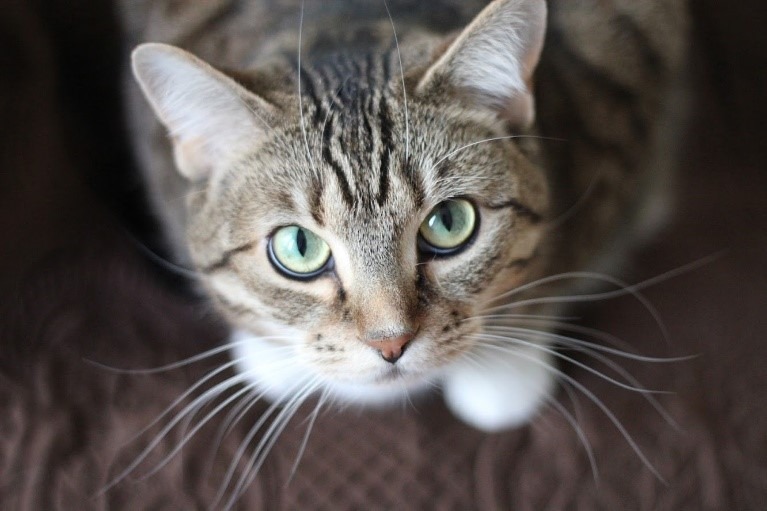Being the owner a cat with feline cerebellar hypoplasia sounds daunting at first. After all, the condition is neurological and causes your cat to have issues with walking, cleaning themselves, and other tasks that most felines do with ease. Depending on how severe your cat’s cerebellar hypoplasia — or CH — condition is, you may wonder if it’s best to simply have your cat put down.
Never fear: while feline CH appears painful and discouraging, most cats with the condition lead full and healthy lives and are free of pain. With proper care and regular treatment, your CH kitty can live as long as any other house cat. Learn more about feline cerebellar hypoplasia and what you can do about the condition.
What Is CH?
Cerebellar hypoplasia can occur in different animal species, including cats and dogs. The condition is neurological and develops prior to birth. With CH, the cerebellum in the brain is not fully formed. Since the cerebellum is part of the brain that controls muscle movement, balance, coordination, and spacial awareness, the result of this condition is the inability to fully control the way the body moves.
The condition is harmless and varies in severity: the more underdeveloped your cat’s cerebellum is, the more struggles your cat will have walking, standing, and remaining balanced. Cerebellar hypoplasia is apparent at birth and can appear to worsen with age, although in reality,the condition does not actually improve or get worse with time.
There is no known cure or proven treatment for this neurological condition. However, your cat’s veterinarian can help you provide your CH cat with a happy, healthy life. Your cat’s vet can also show you various ways you can improve your cat’s life with home changes and alternative therapy intervention.
What Can You Do?
Your primary goal as an owner of a cat with feline cerebellar hypoplasia is this: to help your pet lead a healthy and functional life. There are many ways you can do this for your cat with the assistance of a veterinarian.
Physical Therapy
Your cat’s veterinarian will show you various physical therapy tasks you can do with your cat to help your feline gain better mobility and learn to cope with their limited muscle skills. Such therapies include holding your cat while they attempt to walk on their own and encouraging movement play, similar to encouraging a baby to crawl, by using toys and treats for motivation.
Acupuncture/Water Therapy
While not guaranteed, acupuncture may work with your feline to help the creature reduce inflammation in joints that are overtaxed due to their wobbly or weakened gait. Your cat’s veterinarian may suggest acupuncture for mild symptoms of CH and will monitor your cat to see if any signs of muscle retention become apparent.
Water therapy may be another way to assist your cat in gaining better motor skills and coordination. Water therapy should always be done under professional supervision and should be discontinued if the treatment stresses your cat more than it assists them.
Confidence Exercises
The best way to assist your cat with CH is to allow them to figure out their challenges on their own. Keep litter boxes on the ground with low ledges so your cat can easily get in and out on their own. Encourage play by allowing your CH cat to interact with other felines; feline cerebellar hypoplasia is not contagious to other cats.
Continue to take your cat in for regular checkups, vaccinations, and dental cleanings as recommended by your veterinarian, even if your cat’s neurological condition appears to be well-managed. Your cat’s chances at a healthy life even with a neurological condition is greatly improved when you invest in their veterinary care.
Trust our team of veterinary experts at 1st Pet Veterinary Centers; make an appointment today.

